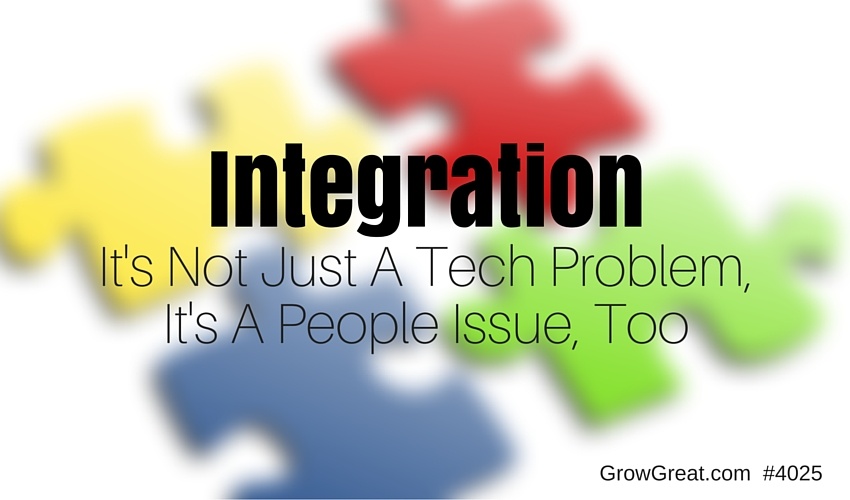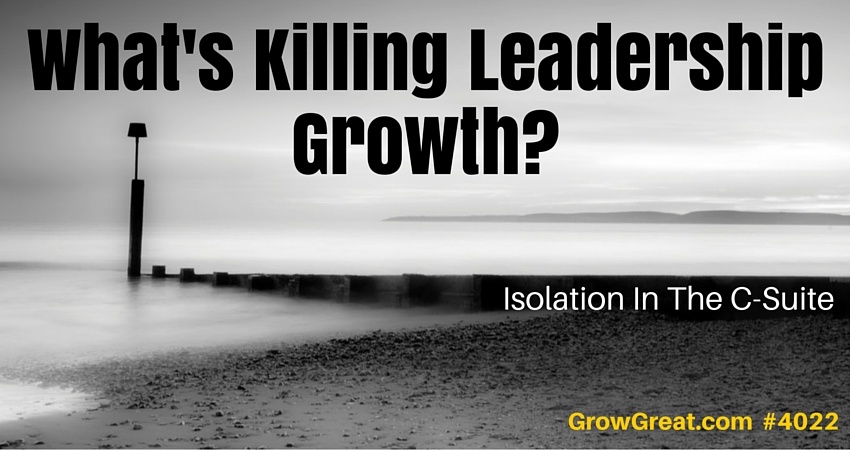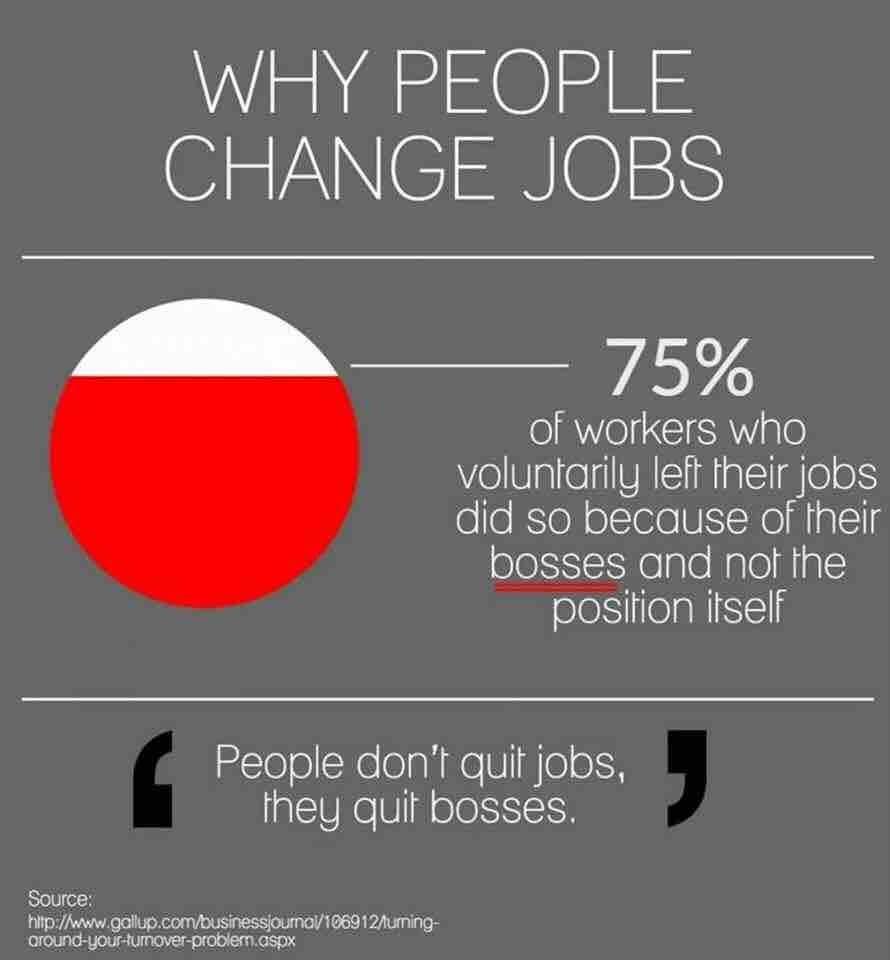Integration: It’s Not Just A Tech Problem, It’s A People Issue, Too #4025
Podcast: Play in new window | Download (Duration: 41:03 — 38.0MB)
Subscribe: Apple Podcasts | Spotify | Email | RSS | More

Business executives regularly consider API (application program interface). We have to. Our enterprise software has to play nice with a variety of other products we use to operate our businesses. Even on our work computers and tablets we need all the apps we use to work together with each other. We’re frustrated when that doesn’t happen. Just today I got an event invitation from some online web conferencing tool…but the invite wouldn’t work with Google Calendar. DOH. We hate it when that happens.
Open source and universal connectivity are the order of the day.
That’s why we have technical experts to help us navigate our integration needs. Fact is, we often don’t even know what we need — or what’s possible. We experts to help us better understand what’s possible, and how.
Integration isn’t just something we need with all the apps, hardware and software in our lives. It’s equally urgent that we consider the integration of people in our organizations. The key element of integration centers on one fundamental goal – to get it all working together. We want our technology to play nice together. The same goes for people.
“He’s really good at what he does. I just wish he’d play nice with others a little bit better.” A business owner said that about one of his star employees, a man with come prowess that was important to the firm. However, for the next half-hour the CEO told me a few stories of how this person’s behavior was disruptive to co-workers. By the CEO’s admission, the star guy likely had a negative impact on at least four other employees. When I asked if he could quantify that negative impact he replied, “I don’t know how I could possibly know, but I suspect it’s significant.”
“I realize we’re guessing a bit here, but would you say his negative impact is less than or greater than 25% for each of these other employees?” I asked.
“Oh, I’d suspect it’s at least 25%. Again, there’s no way to really know, but I think it could be as high as 50% — and I worry that any of those four could leave at any time,” he said.
So here we’ve got a so-called star employee. That’s how the CEO described him, but that’s based solely on this employee’s performance. His personal productivity is high. The CEO and I continued to try to quantify the impact on the four employees who suffer lower productivity because of the star. If each employee has a dollar amount of productivity (it could be anything else that can measured) based on 100% capacity, then what does 50-75% capacity look like? We played with some numbers, all the while knowing we were just speaking in harsh generalizations. No matter, it gave us something to look at and consider. And it gave us some starting point to quantify the impact.
The four employees didn’t all share the same capacity. But as it turns out, the CEO – using his own metrics for our discussion – said he felt confident that the overall negative impact on these four employees was in excess of $1.2M for the first half of the year. He figured it’d be somewhat higher for the second half. He settled on the harsh realization that his one star guy could be costing his company over $3M in lost productivity for the four employees.
Boiling it down to simple math I asked the big question: “If your star walked out the door, what would you lose?”
“He’s directly responsible for about $1.3M. He may exceed that this year though,” said the CEO.
Then the math is simple – assuming the CEO has a grasp on the metrics that’s remotely close. He’s trading $3M in lost revenue productivity from four employees for $1.5M in star performance from one. Hardcore proof of the high price of integration failure. People integration.
Integrating people isn’t just a challenge for M&A work, it’s applicable for every business. Tech problems are bad. People problems are worse.
As bad as it may be to have software or apps not work well together, those aren’t nearly as vexing as having people who don’t work well together. Is there room in your organization for toxic people? People who may perform at a reasonably high level in their own performance, but who have an adverse effect on others?
Race Horses vs. Plow Horses
Let’s be clear. I’m not talking about race horses, those high-performing employees who require a degree of pampering and special treatment. Those of us who have run sales organizations know this analogy well. We want a stable of race horses, people who are terrific rainmakers, capable of bringing in revenues and dazzling clients. Like literal race horses, they expect things no plow horse would dare expect. Being treated special is important because they know (and feel) they are special because of the results they bring. That doesn’t make them toxic or detrimental to others. They just need to feel that they’re part of an exclusive group. And they are! I have no problem treating them special.
Does special mean we’re unfair to others? Not at all. Fair and equal are not synonymous. Get that out of your head right now. An employee with productivity that is 3x others is deserving of different treatment. That’s completely fair. It won’t be equal to what those performing at 3x less deserve though. And the issues that stem from that may indeed require some management, process alignment or any number of other things…but that’s very different than a race horse responsible for personally hindering the performance of co-workers.
Last year I remember reading an article about a CEO who considered 2 fundamental options for growth and answered for himself and his company.
To continue to grow further. One can win a race either by running faster or by breaking the other runners’ legs. I believe in the first option.
If we apply what he said to our subject today it may help clarify the challenge. We can have team members (race horses) who outrun their co-workers or we can have team members who outrun their teammates because they’re breaking the other runners’ legs. The first is acceptable. The later is not.
How do we integrate these people? How can we have high-performing people working along side lower-performing people?
First, determine and set standards.
Too frequently I encounter CEO’s and other business leaders who are unwilling to do this. Why doesn’t really matter. Does it? If it does matter, why does it matter? What valid reason could exist to avoid determining and setting standards? I can’t think of one. If you can, share it with me at Twitter.
The real reason I often uncover is fear. Fear that some employees will resist. Fear that others will create problems (complain, create strife, quit, etc.).
So are we to assume that standards or expectations must always be fraught with fallout? Well, maybe. After all, in a classroom of 30 students there are going to be those straight A students who the other students think are the “teacher’s pets.” Those other students don’t put in the work or don’t have the capacity to be straight A students. They either choose not to be straight A students or they just can’t perform at that level. So we shouldn’t expect anybody in that class of 30 to perform at straight A levels?
Ridiculous. Teachers need to expect every student to do their best, right? Isn’t that what you want to happen in your company? We’re wise enough to know everybody can’t perform at the same, exact level. That’s okay, provided everybody can perform at some basic level that’s necessary so our enterprise can be profitable enough to sustain itself. I mean if we’ve got a small sales team of 6 people and 4 of them aren’t generating enough revenue to warrant (or offset) their compensation, then we’ve got a major problem. We can be nice and go with the flow, but we’ll quickly be out of business…and everybody loses. OR…we can establish some standards that everybody must meet in order to earn the privilege of continuing to be part of our team.
QUESTION: Do you want to be part of a losing team or a winning team?
Losing teams don’t care who is on the roster. They likely don’t have a performance standard. Maybe it’s co-ed rec softball team where friends are playing together. They just want a nice evening together. Winning isn’t why they’re even together. Okay, the standard is simple: we’re all close friends. It’s not a great standard for winning games, but it’s a great standard perhaps for fun. But if you’re not in their inner circle of friendship, you don’t get invited. On the other hand, if you’re building a team to win the championship trophy, then close friendships aren’t the main standard. First, you want good players.
Part of determining and setting standards is knowing why you’re together in the first place. It may sound strange to know some business owners and CEO’s don’t really know why the team is together. I know because I’ve spent too much time in the office of some who couldn’t fully articulate it. It’s not something every business owner or leader has fully considered. Not when it comes to people!
Purpose. That’s the issue. What’s your purpose? Is it to make sure everybody who comes your way – or even everybody who gets hired – has a place to come every day? Is it to make sure you provide an opportunity for people to do their very best work? Those are drastically different purposes.
You’ll fail at determining and setting standards until or unless you first come to terms with why you have people in your organization. Why do you have THESE specific people? Why are these people still here?
Go back to our classroom of 30. Let’s break up the class into smaller tables of 5. We’ll have six tables with 5 students sitting together around one table. Let’s assume we’ve got 6 straight A students. That’s 20%. Now, let’s assume we’ve got 20% who are at or near failing, that’s another 6. We’ve got the bulk of students who are average or slight above or below. Let’s call that the other 60% or 18. How will you segregate these students? What will the seating chart look like?
Why will you group them in one way and not in other? You’ll do it because you have some purpose or intention in mind. If you put 5 of the straight A students at one table, then you’ll necessarily leave one of them out of the group. Why would you do that? If you put 5 of the 6 failing students together you’ll likely be asking for trouble from that table, right? It’s an integration problem. You have to integrate students together with some purpose in mind. As the CEO or business owner, you can determine why you’ve got people together. Figure it out and know what it is.
That won’t make it valid or wise though. A teacher could easily congregate all the best students together and the poorest students together. But not all of them because the math won’t work out smoothly. Somebody is going to be left behind. Then what? Well, in large part it depends on what the teacher is trying to accomplish. Hint: fear of hurting the feelings of any single student (or any subset of students) isn’t a good reason. It’s cowardly. It sacrifices the well-being of the classroom for a select few because the leader lacks courage. Don’t be that leader!
Know why you have people on your roster. Know what expectations you have for everybody to be part of the roster. Enforce it.
Have non-negotiable standards. That is, have standards that will cost people their jobs. I don’t mean illegal or immoral or unethical behavior. I mean performance-based. No, you’re not expecting everybody to perform at straight A level, but you’re expecting everybody to perform at “passing grade” levels. What is that? Hire for it. Train it. Expect it.
Second, don’t compromise.
The minute you move off the standard, you lose the standard. When that co-ed rec softball team with close friends starts seeing just one player frustrated because the losing sucks – they’re dead if they don’t uninvite that friend. They can remind him or her why they started the team to begin with. They can reinforce what they all agreed to and ask that frustrated teammate to get back on track with the team’s program, or leave so they can all maintain friendship off the softball field. OR, they can compromise and shift the focal point of the team by ramping up the pressure on the team members to perform better. That’s a poor choice because it involves compromising the purpose of the team.
It’s poor when you do it inside your organization, too. Once you’ve got your purpose, stay the course unless there’s some valid reason to alter it. Don’t alter it because a teammate, or few, develop different ideas. If you do, you’re letting them break the legs of their teammates just so they can outrun them. Is that the culture you want? I don’t think so. A culture of leg breakers is called the Mafia. That’s not who or what you are!
Third, cut toxic and poor performing players.
Some players aren’t worthy of being on your team. It doesn’t make them bad people necessarily. It doesn’t make your place a bad place to work. It doesn’t make you a bad boss. It’s just the reality of one-size doesn’t fit all.
Look at any professional sports league. During trade deadlines, good (sometimes even great) players get traded away. Sometimes their performance in one city doesn’t match the money they’re being paid. They move to a new city and a new team and bloom. That change of scenery, or teammates, or coach is exactly what they needed. It’s just a better fit.
Sometimes players are cut entirely because they just don’t have the skills sufficient to occupy a roster spot. There’s another player more deserving, a player capable of contributing more to the team.
When you’re assigning those students to their tables you’re likely going to think of how to best integrate the students to make each table as strong as you can. If you’re wise you want to provide students a table where they can be their best. But unlike a classroom, your business likely has some failing students who shouldn’t even be in the classroom. Teachers can’t cut students. Teams can and do cut them. You should, too. In fact, if you don’t cut players based on their contribution to the company, then you’re failing to serve the company and those employees who are ably serving the company.
Remember, race horses don’t want to hang around plow horses. A students don’t want to have an F student sitting at their table. Why would you think you’ve got star employees who should be happy tethered to poor performing employees? They don’t. They resent it. They don’t understand it. They don’t think it’s fair that you even keep those people.
In time, your culture will pay a heavy toll if you harbor poor performers or toxic employees. The good performers will begin to wonder why they should break their back to do good work. They’ll leave and you’ll be stuck with a stable of plow horses. Which will be fine if plowing is your business. But if winning races is your purpose…you’ll never win.
This step is critical for two reasons:
a. Poor performing team members drain energy, resources and damage performance-based culture.
b. Holding onto poor performers demonstrates to high performers that it’s not really about performance. It’s about something else.
It’s called human resources for a reason. People are an asset (a positive force) or a liability (a drain). They’re a resource, fully capable of propelling your business forward or fully capable of bringing it down. Like any other resource, people aren’t all equal in their skills, experience, personality, capacity or potential. Bringing out the best in people is job one of every CEO. Serving the employees of the company must be a priority for the owner or CEO. Customers can’t come before employees. Not if you’re going to have an outstanding company.
Fourth, feed the performers.
It’s commonplace to enter the C-suite and hear about the problem people. The sheer volume of time devoted to discussions about people who are creating problems should be a strong enough signal that this isn’t how to roll. Habitual complaining about Frank in accounting, or Joe in purchasing, or Margaret in planning becomes part of the company game played. Meanwhile, Frank, Joe and Margaret are ruling their respective workplaces with toxic behavior. Like the kid in class shooting spit wads, they’re getting all the attention. Maybe that’s the point – for them.
You can buy into that and give them the attention. Or you can decide to follow truth – it’s more profitable, more fair and more valuable to feed the people meeting or exceeding your expectations and standards.
Don’t fool yourself into thinking your resources or assets are in unlimited supply. You know better, but you can still lean toward thinking the wheels will stay on if you leave well enough alone. They won’t. Time will run out on you. And the people – the good performing people – left in the wake will be senseless. You can do something about it. You can jettison weight that drags down your company performance while bolstering the energy of those who have the ability (and desire, willingness) to take the company to a higher orbit. The top performers are waiting – and hoping – you’ll finally do what must be done. The poor performers are banking on history repeating itself. Your fear to do anything except what you’ve always done.
Surprise them all. Integrate good performing people with great people. Some of the good ones will become great. No matter. Great performers value good performers. Everybody will perform better and you’ll attract higher talent when integration means you don’t tolerate just any kind of behavior or performance.
A week or so ago a developer commented to somebody who wanted some software integrated, “You need to update to a more stable solution. That software isn’t valuable enough to be integrated into your ERP.” And there it is. The V word.
This client evidently had some older, legacy software he’s used for many years. Now, he’s trying to get it to play nicely with his high-end ERP. The developer pointed out an obvious (to him) truth. Today, there are much more valuable solutions that are worth integrating into the ERP. This legacy software isn’t worth the trouble.
Daily we have to make decisions on where we’ll put our resources and our energy. Always take the road to high value!

Subscribe to the podcast
 To subscribe, please use the links below:
To subscribe, please use the links below:
- Click Here to Subscribe via iTunes
- Click Here to Subscribe via RSS (non-iTunes feed)
- Click Here to Subscribe via Stitcher
If you have a chance, please leave me an honest rating and review on iTunes by clicking Review on iTunes. It’ll help the show rank better in iTunes.
Thank you!
Integration: It’s Not Just A Tech Problem, It’s A People Issue, Too #4025 Read More »




 Momentum Monday.
Momentum Monday.





